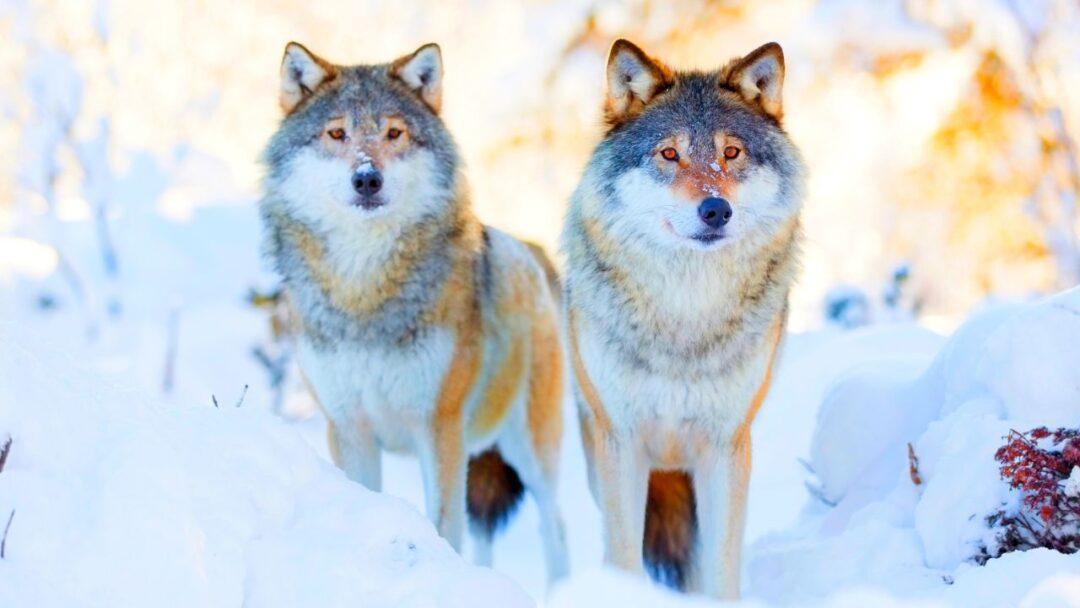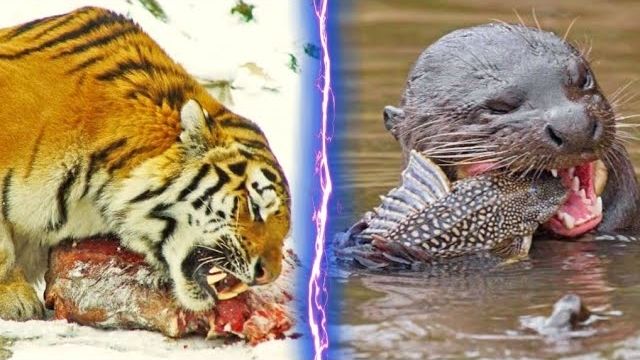Table of Contents

Introduction
10 Amazing Facts About Wolves. Wolves are gorgeous animals that have always attracted people. These creatures, known for their group behavior and eerie cries, are frequently misinterpreted. We’ll look more closely at 10 incredible wolf facts in this article that you might not have known.
10 Facts about Wolf
- Wolves have a complex social structure and live in packs that can range from two to over twenty individuals.
- Wolves are carnivorous and primarily eat large prey such as deer, elk, and moose. They also hunt smaller animals like rabbits and rodents.
- Wolves have excellent senses, including hearing, sight, and smell. They can hear sounds up to 6 miles away and have night vision that is 6 times better than humans.
- Wolves communicate with each other through a variety of vocalizations, including howls, barks, growls, and whines. Each howl is unique and helps to identify pack members.
- Wolves can run at speeds of up to 40 miles per hour and can travel up to 30 miles in a single day.
- Wolves are territorial animals and will defend their territory from other packs. They mark their territory by scent marking, scratching trees, and howling.
- Wolves have been depicted in myths and legends throughout history, often as symbols of power, strength, and intelligence. In some cultures, wolves are seen as evil or demonic creatures.
- Gray wolves were once found throughout North America, Europe, and Asia, but their populations have declined due to habitat loss, hunting, and disease.
- Wolves are considered a keystone species, meaning that they play a crucial role in their ecosystem. By keeping populations of herbivores in check, they help maintain a balance in the food chain.
- Wolves have been known to form strong bonds with their pack members and even mourn the loss of a pack mate. They are also known to exhibit playful behavior with each other, especially during their youth.
Surprise Fact
Did you know that wolves have webbed toes? This unique adaptation helps them swim better and move through snow more efficiently.
Mysterious Myth
The idea that wolves howl at the moon is one of the most puzzling wolf myths. Wolves do howl, but not specifically at the moon. They howl instead to communicate with one another and to mark their territory.
What is a wolf?
A wolf is a large, carnivorous mammal that is part of the Canidae family.
What do wolves eat?
Wolves primarily feed on large ungulates such as elk, deer, and moose, but they may also eat smaller mammals, birds, fish, and even insects.
How do wolves communicate with each other?
Wolves communicate through a variety of vocalizations including howls, growls, barks, and whines. They also use body language such as tail and ear position to convey messages.
How fast can wolves run?
Wolves can run at speeds of up to 40 miles per hour.
What is the social structure of a wolf pack?
Wolf packs typically consist of an alpha male and female, their offspring, and occasionally other related adults. Each pack has a hierarchy with the alpha pair at the top.
Are wolves dangerous to humans?
While wolves generally avoid humans, they can be dangerous if they feel threatened or if they become habituated to humans. But Honestly Humans are most dangerous predators on the planet.
How long do wolves live?
The lifespan of a wolf in the wild is typically 6-8 years, but they can live up to 13 years in captivity.
How many species of wolves are there?
There are two species of wolves: the gray wolf and the red wolf.
What is the difference between a wolf and a coyote?
Wolves are larger than coyotes, have broader heads, and bushier tails. They also typically hunt in packs, while coyotes are more solitary.
Are wolves endangered?
Some subspecies of wolves, such as the Mexican gray wolf and the red wolf, are endangered, while others, such as the gray wolf, have rebounded in some areas due to conservation efforts.
Conclusion
People have been fascinated with wolves for generations because they are intriguing animals. These animals have a variety of wonderful characteristics that make them an essential component of our ecology, from their intricate social structures to their impressive hunting prowess. We can better understand these beings’ roles in the natural world by learning more about them.




